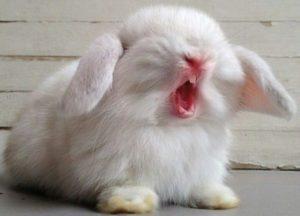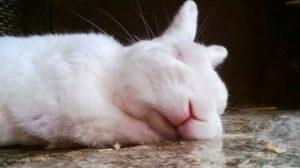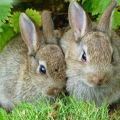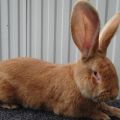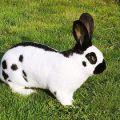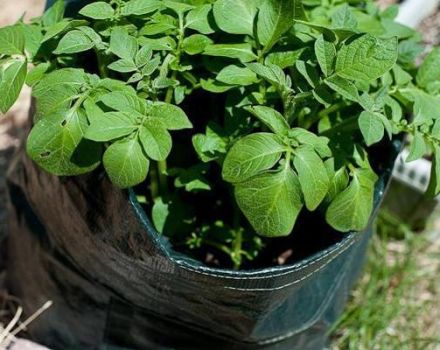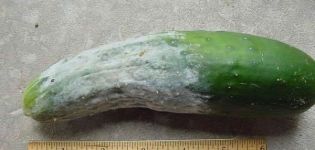Description and characteristics of the Himalayan breed of rabbits, maintenance and care
The Himalayan or Russian ermine rabbit is one of the oldest breeds. In other countries, the animal is presented under different names. Himalayan rabbits differ in color, characteristic of ermines. Hence the name of the breed. These rabbits are unpretentious to care for and are able to adapt to various climatic conditions. Representatives of this breed are bred to obtain dietary meat and beautiful fur.
Origin and history of the breed
The exact history of the breed's origin has not been established. According to scientists, the first representatives of this species appeared before our era. In the 19th century, a breed of Himalayan rabbits was bred in Great Britain, which were brought to Russia 100 years later. Local breeders have improved the breed.
However, later, due to crossing with other species, the ermine rabbits were divided into two species. Moreover, in Europe, another breed is being bred, which also belongs to this species of animals. Russian rabbits are inferior to Western ones in the quality of fur and meat. This is explained by the fact that breeders crossed this breed with a white giant. As a result, animal fur lost its original density.
Description and characteristics of Russian ermine rabbits
Rabbits of this breed are distinguished by the following features:
- dense and muscular torso, the average length of which is 51-52 centimeters;
- elastic chest with a wide girth in the scapular region;
- compact head with erect ears;
- the average weight reaches four kilograms;
- males are larger than females;
- good down.

Ermine rabbits are distinguished by their strong constitution. However, because of this, animals require a constant supply of trace elements and vitamins.
The color of the rabbits resembles Siamese cats. The body of the former is white with a rare bluish tint, and the tail, paws, ears and muzzle are black (other dark shades are also possible).
Advantages of the breed
In addition to the ability to adapt to different climatic conditions, the representatives of the Himalayan breed have other advantages. Breeders appreciate these animals for their fertility. In each offspring, up to eight rabbits appear. These animals do not require special attention. In addition, the Himalayan rabbits are hardy and have good immunity. As noted, this breed is valuable for both fur and meat.
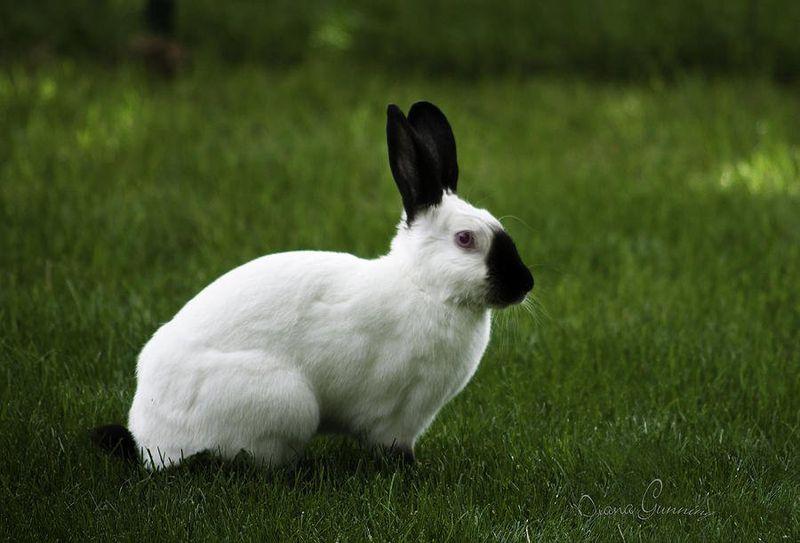
Maintenance and care rules
Rabbits are recommended to be kept in cages measuring 60x65x60 centimeters or more.Each such dwelling must be supplemented with a fenced walking area. In the warm season, cells should be taken out into fresh air. Animals should be kept indoors during winter.
The optimal living conditions for ermine rabbits are the following:
- air temperature - 10-25 degrees;
- daylight hours - 12 hours;
- air humidity - 60-75%;
- lack of wind and drafts.
It is recommended to use straw or hay bedding in the cage. Each adult requires a separate drinker and feeder. The place of residence of the animal must be regularly cleaned and treated with an antiseptic.
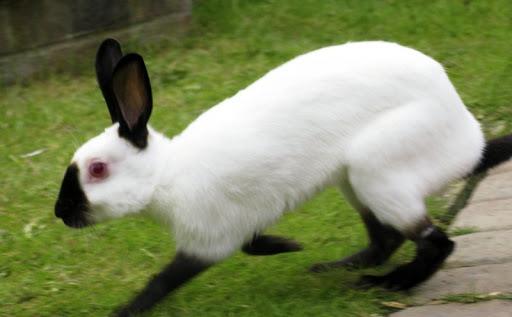
A prerequisite for breeding this breed is considered daily combing and regular washing of the fur. In the first case, it is necessary to use a fine-toothed metal brush. During washing, do not allow water to enter the ears and eyes.
In addition, these animals are indicated for vaccination and periodic examination by a veterinarian.
Diet and feeding
The diet depends on the season. But for the full development and maintenance of vital activity, rabbits need to be regularly given feed, which contains vitamins (vitamins B and E are most in demand), proteins, fats, carbohydrates and minerals. In summer, adults are recommended to give wild and slightly dried herbs (tansy, yarrow, and others). The daily volume is up to 1.5 kilograms. Rabbits should be given no more than 500 grams of grass per day.
Regardless of the season, the diet should be diluted:
- herbal mixtures;
- root crops (carrots, corn and others);
- hard apples;
- dried potato greens;
- branches of trees.
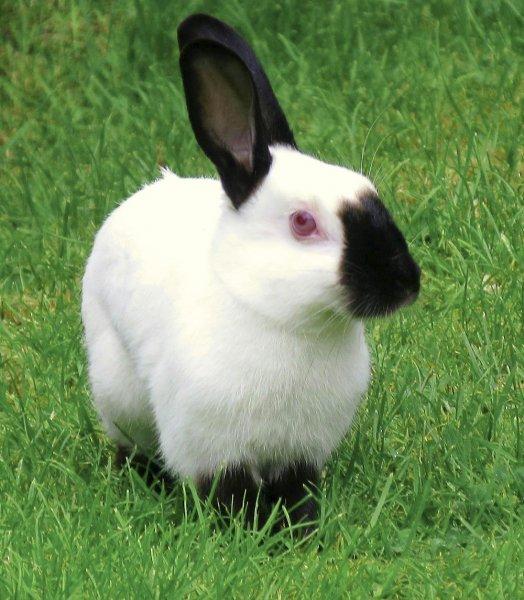
Branches are necessary for grinding constantly growing teeth. Beets and carrots are recommended to be fed in small portions, as this food causes diarrhea. During the harvesting period, dried tops of vegetables can be added to the diet. In winter, up to half of the food should be concentrated and combined feed. In the off-season, you can dilute the diet with bone and fish meal, dairy products.
Rabbit breeding
Sexual maturity in males occurs by six months, in females by five. Animals should not be mated until the end of the molt. For breeding, it is recommended to take fully formed individuals that meet the breed standard. Rabbits, if fertilized, appear after four weeks. The female herself feeds the offspring with her own milk.
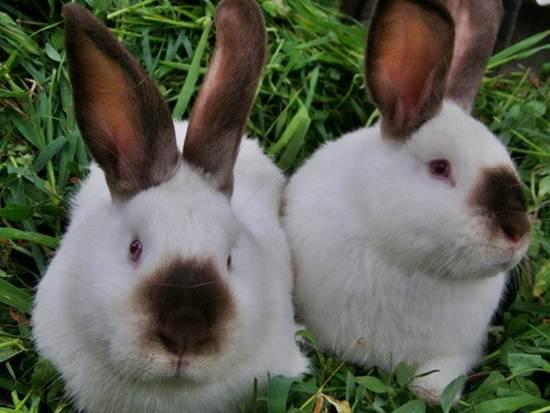
Frequent illnesses
This breed is characterized by strong immunity. Therefore, adults are sick, mainly due to non-compliance with the conditions of detention. In particular, as noted, overfeeding with carrots and beets provokes diarrhea.
How to choose a good rabbit
Ermine rabbits are confused with Californian ones. The difference between these varieties boils down to the fact that in the former, dark spots on the paws rise to the knee joint, in the latter to the ends.
To choose a good rabbit, it is necessary to compare the appearance of the young stock with the characteristics of the exterior of the breed. The coat of purebred animals should be shiny and thick. You also need to pay attention to the absence of fleas and lice, ulcers and deep wounds, white spots on the eyes.
